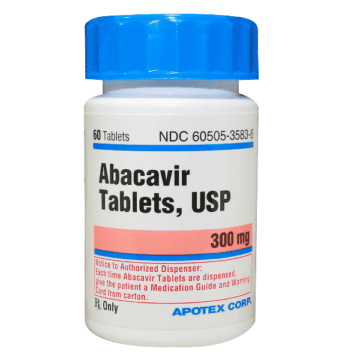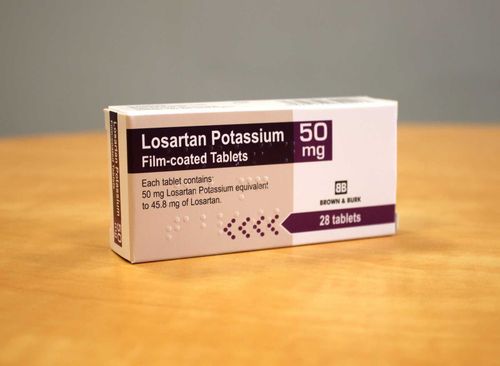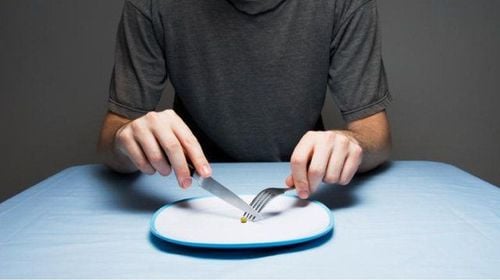This is an automatically translated article.
There are many ways you can lose weight healthy. These diet tips can help you avoid the pitfalls of the diet and achieve long-term weight loss success.
1. The problem of overweight and obesity?
Being overweight or obese increases the risk of serious diseases such as type 2 diabetes, coronary heart disease and some cancers. The risk of developing these diseases increases the more overweight you are. Obesity can also affect your quality of life and lead to psychological problems, such as depression and low self-esteem. It's better to avoid being overweight by eating healthy, exercising regularly, and maintaining it throughout your life. But problems with weight gain are common, so the information below will help you lose weight in a sensible and healthy way.
Your body weight is determined by the amount of energy obtained from your food compared to the amount of energy your body is using. The excess energy you get from food and drink is stored as fat. To lose weight, the energy you take in from food must be less than the energy you use, in other words, eat less and exercise more.
There is no "quick fix" for obesity. Losing weight takes time and commitment. However, even losing and keeping a small amount of weight (e.g. 3% of your body weight if you are obese or about 5% for most people) can produce significant health benefits and reduce the risk of developing obesity-related diseases such as type 2 diabetes and heart disease. For example, a 5% weight loss means you lose 5 kg if you weigh 100 kg.
2. Diet for healthy weight loss people
2.1. Reduce sugar and starch
One way to lose weight fast is to cut down on sugar and starches, or carbohydrates. This can be with an eating plan or reducing refined intake and replacing them with whole grains.
When you do, your hunger levels go down and you generally eat fewer calories. With a low-carb eating plan, you'll utilize your fat stores for energy.
If you choose to eat as much as whole grains with a calorie deficit, you will benefit from higher fiber and slower digestion. This makes you feel fuller for longer.
There are potential downsides to a low-carb, high-sugar diet that could lead you to a different approach. Reduced-calorie diets can also lead to weight loss and are easier to maintain over the long term.
If you choose a diet that focuses on whole grains instead of refined carbs, a 2019 study linked high whole grains with a lower body mass index (BMI).
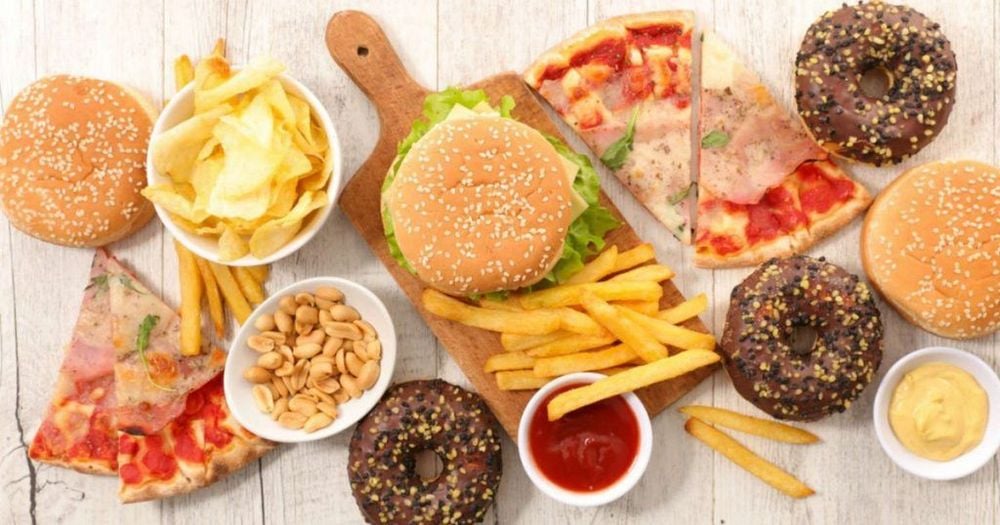
Một cách để giảm cân nhanh chóng là cắt giảm lượng đường và tinh bột, hoặc carbohydrate.
2.2. Eat protein, fat and vegetables
Each of your meals should include: a source of protein, a source of fat, vegetables, a small portion of complex carbohydrates, such as whole grains.
Protein: Eating a recommended amount of protein is essential to help maintain your health and muscle mass while losing weight. Evidence suggests that eating adequate protein can improve risk factors for cardiac metabolism, appetite, and body weight.
Diet with adequate protein can also help:
One is to reduce cravings and obsessive thoughts about food by 60%.
Two is to cut the urge to eat late at night in half.
Healthy sources of protein include:
Meat: beef, chicken, pork and lamb,...
Fish and seafood: salmon, trout and shrimp,...
Eggs: whole eggs with yolk.
Plant-based proteins: beans, legumes, quinoa, tempeh and tofu.
Vegetables: Don't be afraid to clean your plate with greens. They are packed with nutrients and you can eat a huge amount without adding a lot of calories and carbs.
Vegetables to add to a low carb or low calorie eating plan: broccoli, cauliflower, tomatoes, kale, cabbage, cucumber
Healthy fats: Don't be afraid to eat fat. Your body still needs healthy fats no matter what eating plan you choose. Olive oil and avocado oil are great options to include in your eating plan.
Other fats like butter and coconut oil should be used in moderation due to their higher saturated fat content.
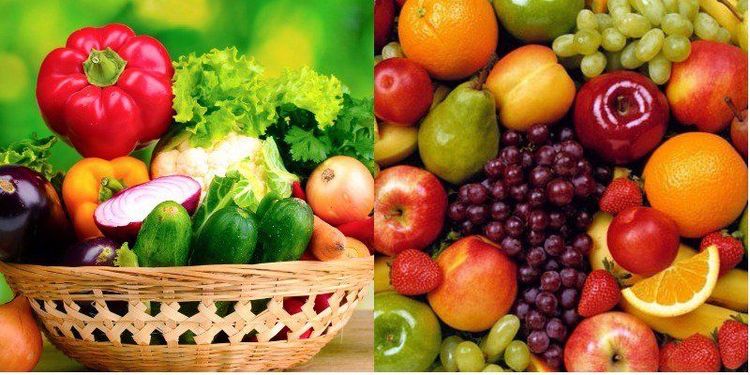
Bạn có thể ăn một lượng rất lớn rau xanh mà không làm tăng nhiều calo và carbs.
3. Healthy weight loss tips
Eat a protein-rich breakfast: Eating a protein-rich breakfast can help reduce cravings and calorie intake throughout the day. Avoid sugary drinks and juices: Empty calories from sugar are not helpful for your body and can hinder weight loss. Drink water before meals: One study has shown that drinking water before meals reduces calorie intake and may be effective in weight management. Choose weight loss-friendly foods: Some foods are better for weight loss than others. Here is a list of healthy foods for weight loss. Eat soluble fiber: Studies show that soluble fiber can promote weight loss. Fiber supplements like glucomannan may also help. Drink coffee or tea: Consuming caffeine can boost your metabolism. Your diet is based on whole foods: They are healthier, last longer, and are less likely to cause overeating than processed foods. Eat slowly: Eating quickly can lead to weight gain over time, while eating slowly makes you feel full longer and promotes weight loss hormones. Sleep well: Sleep is important for many reasons, and poor sleep is one of the biggest risk factors for weight gain.
4. Health benefits of weight loss
Losing weight can reduce the risk of: heart disease, stroke, type 2 diabetes and some cancers.
It can also reduce the risk of:
High blood pressure . Angina (a heart condition that causes chest pain). High blood cholesterol level. Lower back pain and joint pain. Fertility problems. BMI and waist circumference:
To see if you are at a reasonable weight, you can use a measurement called Body Mass Index or BMI. This is calculated as follows: Your weight in kilograms (kg) divided by your height in meters (m) squared.
So, for example, a woman 1.60 m tall and 60 kg in weight would have a BMI of 23.4 kg/m2 (The calculation would be: 60 divided by 1.6 and then the answer again. divided by 1.6).
For most adults:
A BMI between 18.5 and 25 is defined as healthy. A BMI over 25 is defined as overweight. A BMI over 30 is defined as obese. Waist circumference (dimensions) can also be used to assess the risk of obesity-related diseases (e.g., heart disease, type 2 diabetes, and cancer) because these conditions are affected by where your body fat is stored as well as your weight. Very muscular people sometimes have a high BMI without excess fat. For these people, waist circumference may be a better indicator of whether they have excess fat. To measure your waist circumference, measure your midsection at half the point between your lower ribs and the top of your hips.
Waist circumference increases the risk and risk of obesity-related health problems: Male ≥94 cm (37 in) ≥102 cm (40 in), Female ≥80 cm (31.5 in) ≥ 88 centimeters (34.5 in).
Please dial HOTLINE for more information or register for an appointment HERE. Download MyVinmec app to make appointments faster and to manage your bookings easily.






